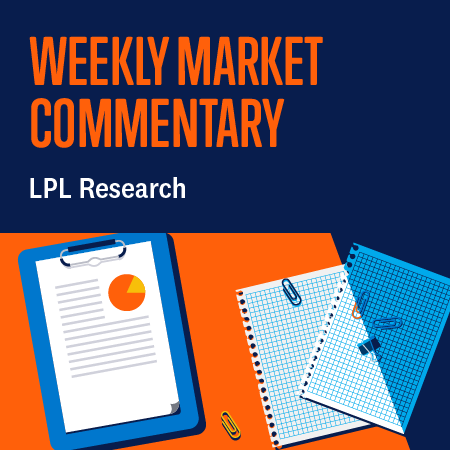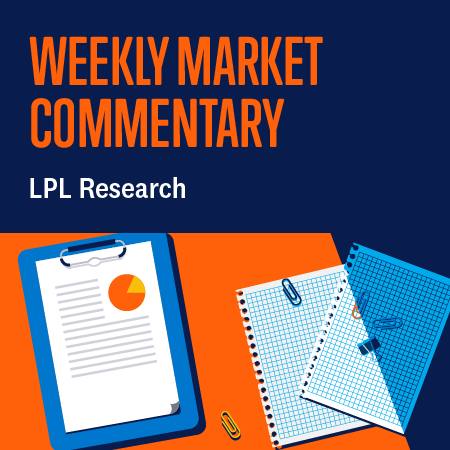FOUNDED IN 1928

Andrew Jones Kilpatrick (Uncle Jonnie) and Warren Bothwell formed Bothwell & Kilpatrick in 1928 to offer stocks and bonds as investments to the people of Augusta. The firm was renamed A.J. Kilpatrick Jr. in 1949 when Warren Bothwell passed away. On May 1st,1962, Uncle Jonnie’s nephew, Richard Cree Kilpatrick, joined the brokerage business and A.J. Kilpatrick & Company was formed. Jonnie passed away in 1978, but the firm continued as a mainstay in downtown Augusta. In 1994, A.J. Kilpatrick & Co. joined A.G. Edwards, which was bought by Wells Fargo in 2007. In 2005, Thomas Duncan Kilpatrick joined his father, Richard, at A.G. Edwards as the third generation Kilpatrick in the financial services industry, and because of his commitment to providing objective financial advice, realigned with LPL Financial in 2009. Today, A.J.Kilpatrick is focused on serving Augusta’s people with the integrity and dedication of their founders, and the future vision of their thriving community.
Check the background of investment professionals associated with this site on FINRA’s BrokerCheck
Invested In Augusta
We are focused on the financial well-being of the people who make Augusta’s communities thrive.
Thoughtful, Strategic Advice
We offer you efficiency and experience combined with personalized service.
Happening Now

Tariffs and Market Volatility Likely to Stick | Weekly Market Commentary | June 2, 2025
On Wednesday, May 28, the U.S. Court of International Trade (CIT) essentially blocked the majority of President Trump’s tariffs. A three-judge panel issued summary judgment against the tariffs enacted under the International Emergency Economic Powers Act (IEEPA), claiming they were unconstitutional and “exceed any authority granted by the President by IEEPA.”

Can Earnings Catch Up to This Stock Market Rally? | Weekly Market Commentary | May 27, 2025
First quarter reporting season was solid, but results didn’t offer much of a confidence boost in the outlook for the rest of the year.

Market Update: Tariff Pause Boosts Sentiment, Fed Steady | Weekly Market Commentary | May 19, 2025
In just a matter of hours last week, investors apparently decided that stocks were on sale, and it was time to buy. But nothing materially changed as consumers were still pessimistic about the future, firms were on the sidelines waiting to deploy capital amid tariff uncertainty, and the Federal Reserve (Fed) remained committed to their “Wait and See” stance.

Bulls Are on Trial | Weekly Market Commentary | May 12, 2025
Earnings continued to come in better-than feared, but “tariff uncertainty” continued to get flagged on most conference calls. The Federal Reserve (Fed) kept rates unchanged and stuck to its patient approach with monetary policy, despite notable downgrades to economic growth estimates and rising recession probabilities since their last meeting.
Sign Up to Receive Our Newsletter




